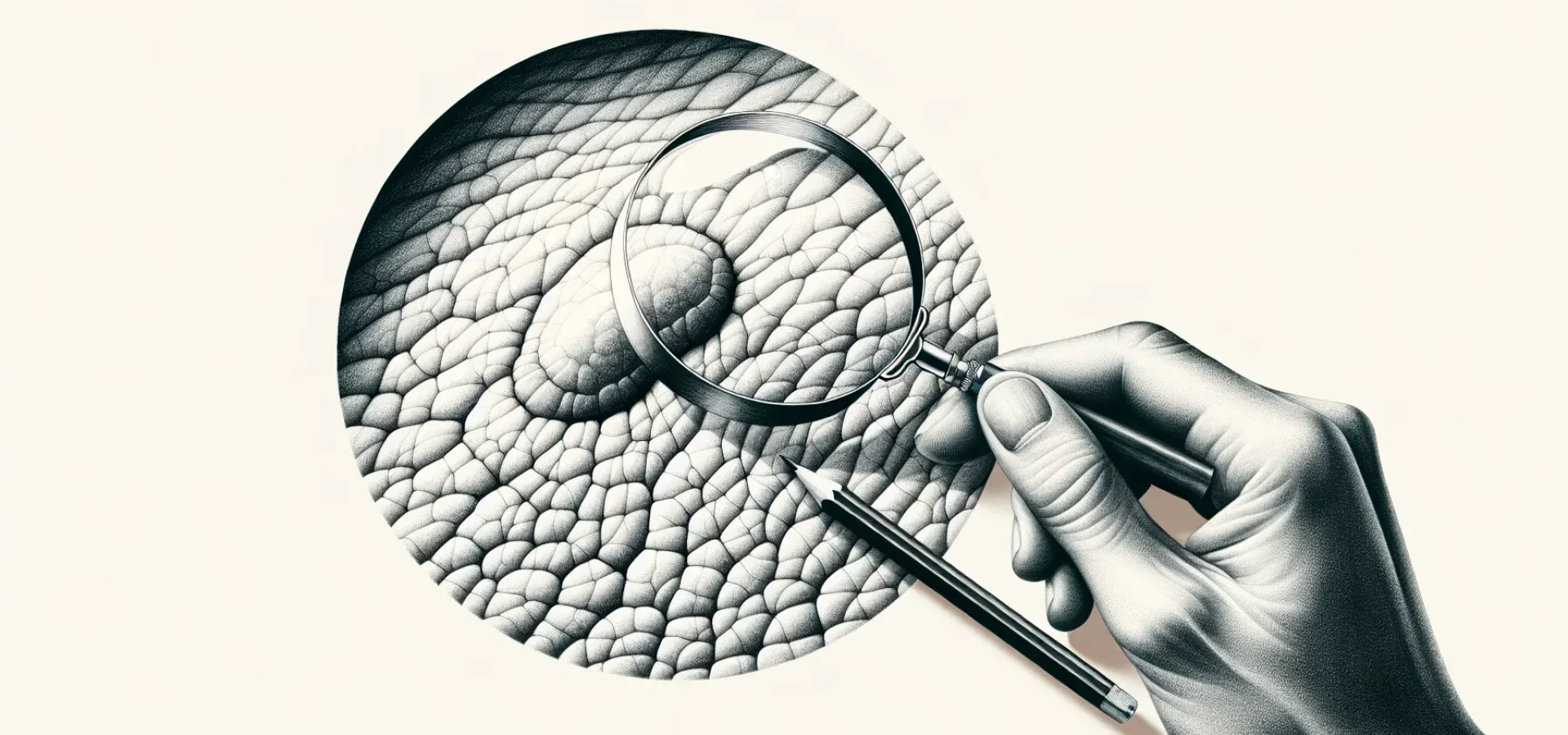
Testicular cancer is a critical health issue that primarily affects young men, particularly those aged 15 to 35. Recognizing the early signs of testicular cancer is essential for timely diagnosis and treatment, which can significantly improve outcomes. This guide will provide a step-by-step approach to identifying early signs of testicular cancer, emphasizing the importance of self-examinations and regular medical check-ups.
Testicular cancer develops in the testicles, part of the male reproductive system. Early detection is crucial because it significantly increases the chances of successful treatment. This article will guide you through the symptoms of testicular cancer, the importance of self-examinations, and when to seek medical advice.
Testicular cancer symptoms can vary, but the most common signs include:
Painless Lump or Swelling: The most prevalent symptom is a lump or swelling in one of the testicles. This lump is often painless but can be uncomfortable. For more detailed information, refer to Testicular Cancer Symptoms.
Changes in Size or Shape: One testicle may become larger or feel different compared to the other.
Heaviness in the Scrotum: A feeling of heaviness or firmness in the scrotum can occur.
Dull Ache or Pain: Some individuals may experience a dull ache in the lower abdomen or groin area.
Fluid Build-Up: Sudden fluid accumulation in the scrotum can be a sign of testicular cancer.
Breast Changes: Tenderness or changes in breast tissue may occur due to hormonal changes caused by the cancer.
Back Pain: In advanced cases, pain in the lower back may develop if the cancer spreads to lymph nodes.
Respiratory Symptoms: Symptoms such as shortness of breath or a persistent cough may indicate that the cancer has spread to the lungs.
For a comprehensive overview of testicular cancer symptoms, visit Pea-Sized Lump on Testicle: The Ultimate Guide for Early Detection.
Regular self-examinations are vital for early detection of testicular cancer. Here's a step-by-step guide:
Perform the self-exam after a warm bath or shower, as heat relaxes the scrotum, making it easier to detect any abnormalities.
Stand in front of a mirror and look for any swelling on the skin of the scrotum.
Become familiar with the epididymis, a soft, tube-like structure at the back of the testicle that stores and transports sperm. This will help you distinguish normal anatomy from any unusual lumps.
For more detailed instructions, refer to The Crucial Role of Self-Examinations and Regular Medical Check-Ups in Early Detection of Testicular Cancer.
If you detect any of the following symptoms, consult a healthcare provider immediately:
Early medical intervention is crucial. For more information on testicular cancer, visit What is Testicular Cancer?.
If you exhibit symptoms of testicular cancer, your doctor may perform the following diagnostic tests:
The doctor will check for lumps, swelling, or other abnormalities in the testicles.
An ultrasound can provide detailed images of the testicles, helping to identify lumps or other changes.
Blood tests can detect tumor markers that are often present in higher levels in men with testicular cancer.
In some cases, surgery to remove the testicle (orchiectomy) may be necessary to confirm the diagnosis and determine the type of cancer.
For more information on the stages of testicular cancer, visit What are the Stages of Testicular Cancer.
Treatment for testicular cancer depends on the type and stage of the cancer. Common treatment options include:
The primary treatment for most testicular cancers is surgery to remove the affected testicle (orchiectomy). In some cases, lymph nodes may also be removed.
Radiation therapy uses high-energy rays to kill cancer cells. It is often used for seminomas, a type of testicular cancer that is sensitive to radiation.
Chemotherapy uses drugs to kill cancer cells. It is often used when cancer has spread beyond the testicle or to prevent recurrence after surgery.
The prognosis for testicular cancer is generally very good, especially when detected early. Regular follow-up appointments are crucial to monitor for any signs of recurrence and manage any long-term side effects of treatment.
The main symptoms include a painless lump in the testicle, swelling, heaviness in the scrotum, and dull aches in the lower abdomen or groin.
Diagnosis typically involves a physical examination, ultrasound, blood tests, and possibly surgery to remove the testicle for further examination.
Treatment may include surgery to remove the affected testicle, chemotherapy, and radiation therapy, depending on the cancer's stage and type.
Yes, testicular cancer is highly treatable, especially when detected early. The cure rate is around 95% for early-stage cases.
It is recommended to perform self-examinations monthly to detect any changes early.
If you find a lump or any other concerning symptoms, consult a healthcare provider immediately for further evaluation.
Understanding the symptoms of testicular cancer is essential for early detection and effective treatment. Regular self-examinations and awareness of changes in the testicles can lead to timely medical intervention, significantly improving the chances of successful treatment. If you or someone you know experiences any concerning symptoms, it is crucial to consult a healthcare professional promptly.
The content provided on this blog is for informational purposes only and is not intended to be a substitute for professional medical advice, diagnosis, or treatment. Always seek the advice of your physician or other qualified health provider with any questions you may have regarding a medical condition. Never disregard professional medical advice or delay in seeking it because of something you have read on this blog.
The authors of this blog do not recommend or endorse any specific tests, physicians, products, procedures, opinions, or other information that may be mentioned on the blog. Reliance on any information provided by this blog is solely at your own risk.
SHARE